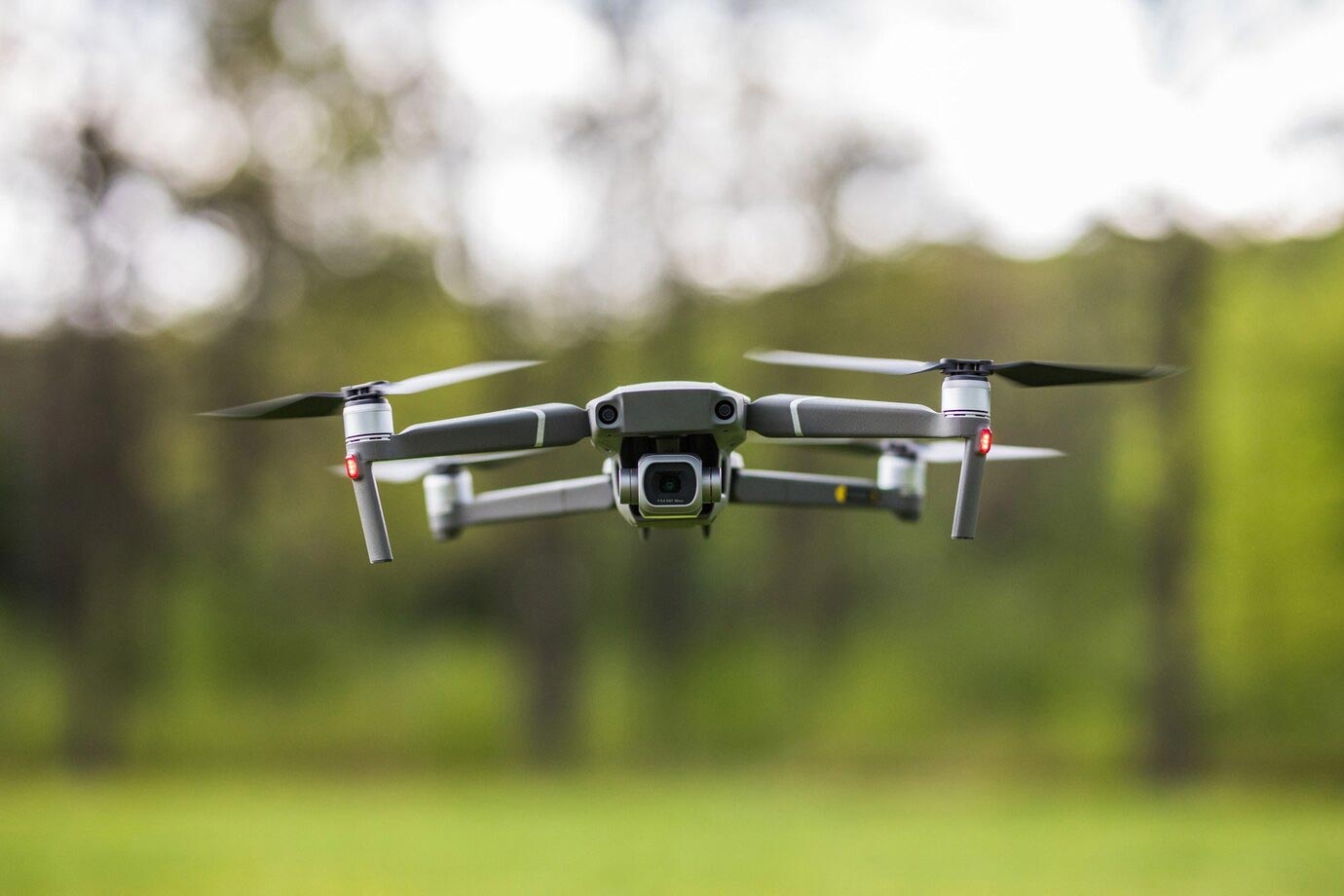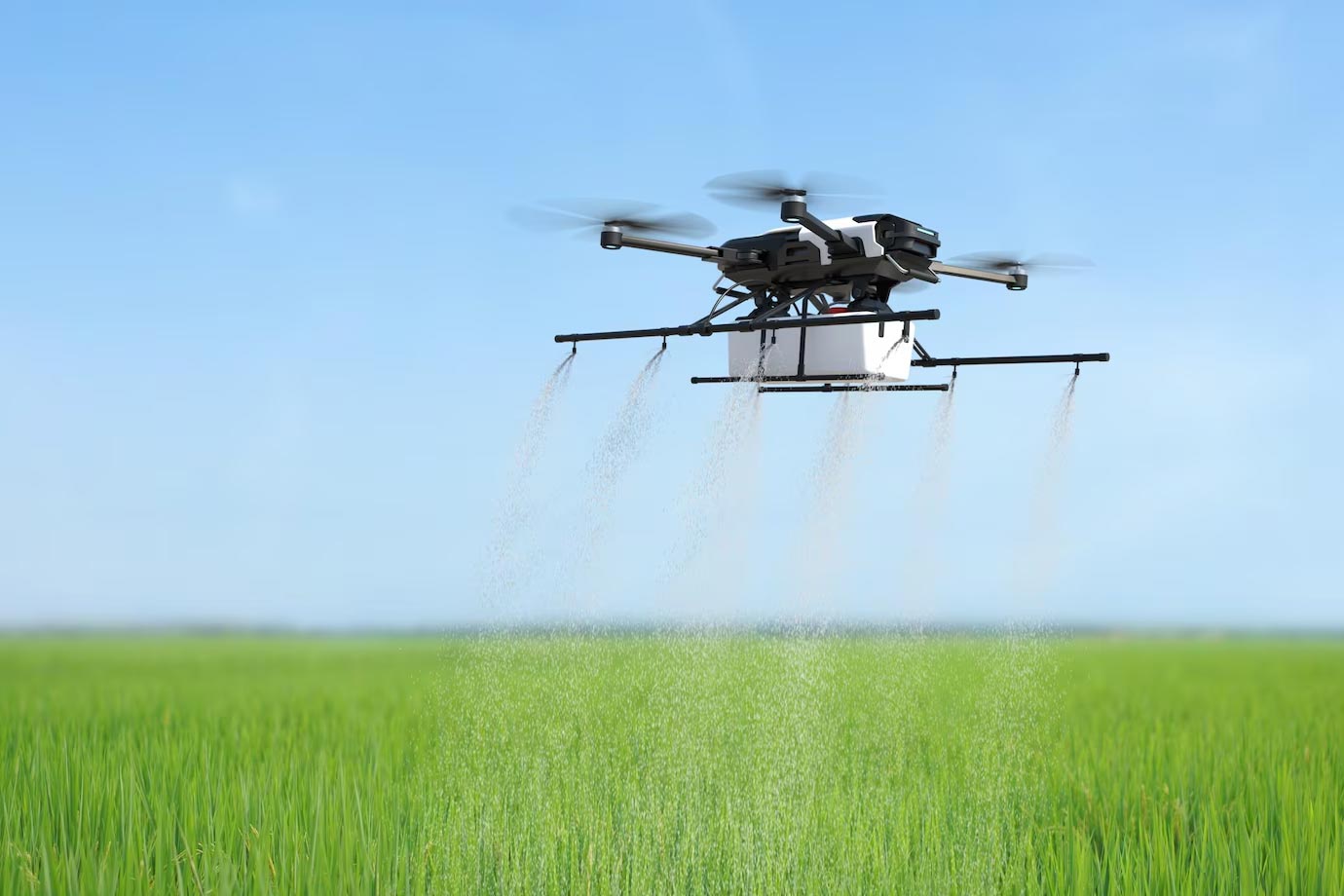Unmanned Aircraft Systems (UAS), commonly known as drones, have become a significant tool across various industries and sectors. Their ability to operate without a human pilot onboard allows them to perform tasks that are otherwise dirty, dangerous, or dull for human beings. The flexibility, efficiency, and safety benefits of UAS have made them indispensable in many fields. This article explores the diverse applications of UAS and the reasons behind their widespread use.
**Military and Defense**
The initial development and use of UAS were predominantly in military applications, where they have been used for reconnaissance, surveillance, and targeted operations. Drones provide the military with a significant tactical advantage, allowing for real-time data collection without putting soldiers’ lives at risk. They can operate in hostile environments, gather intelligence, and execute precise strikes with minimal collateral damage.
**Agriculture**
In the agricultural sector, drones are revolutionizing the way farmers manage their crops and livestock. UAS can be equipped with various sensors to monitor crop health, measure soil composition, and even track weather conditions. This data helps farmers make informed decisions, leading to increased crop yield and reduced waste. Drones also assist in spraying pesticides and fertilizers more efficiently, targeting only the areas that need treatment and minimizing chemical usage.
**Environmental Monitoring and Conservation**
UAS are powerful tools for environmental protection and conservation efforts. They are used to monitor deforestation, wildlife, and changes in ecosystems without disturbing the natural habitat. Drones can access remote and inaccessible areas to collect data on illegal logging, poaching activities, or the effects of climate change. This capability not only helps in protecting the environment but also provides valuable data for scientific research.
**Search and Rescue Operations**
In search and rescue missions, speed and efficiency are crucial. Drones can be deployed quickly and cover vast areas in a short time, making them ideal for searching missing persons or in disaster relief operations. Equipped with thermal imaging cameras, UAS can detect heat signatures of humans and animals, effectively operating in challenging conditions such as at night or through dense foliage.
**Media and Journalism**
The media industry has adopted drones for their ability to capture stunning aerial photographs and videos. Journalists and filmmakers use drones to obtain unique angles and perspectives that were previously impossible or prohibitively expensive. Drones offer a new dimension of storytelling, providing viewers with immersive experiences, whether it’s covering news events or creating cinematic productions.
**Infrastructure Inspection and Maintenance**
Inspecting and maintaining infrastructure, such as bridges, buildings, and power lines, is a costly and risky task. Drones can safely and efficiently conduct visual inspections of high and difficult-to-reach structures. They help in identifying potential issues before they become major problems, thereby saving time and reducing maintenance costs. Additionally, UAS can be used to monitor construction sites, ensuring projects are progressing as planned and adhering to safety standards.
**Transportation and Delivery**
The transportation sector is exploring the use of drones for delivering goods. Companies like Amazon are testing drones for delivering packages to customers’ doorsteps. This method promises to reduce delivery times and cut costs, while also decreasing road traffic and carbon emissions associated with traditional delivery methods.
**Public Safety and Law Enforcement**
Law enforcement agencies use drones for a variety of purposes, including crowd monitoring, crime scene analysis, and tactical operations. Drones provide a unique vantage point that can help in de-escalating situations and gathering evidence. They also play a crucial role in traffic management and accident scene assessments, providing real-time data that helps in making better-informed decisions.
**Conclusion**
The use of Unmanned Aircraft Systems is growing across diverse sectors due to their versatility, cost-effectiveness, and ability to perform tasks that are either impossible or too risky for humans. As technology continues to advance, the capabilities of drones will expand, leading to even more innovative applications. It is clear that UAS are not just tools of convenience but are essential instruments that enhance productivity, safety, and efficiency in our daily lives and professional operations.


Leave a Reply